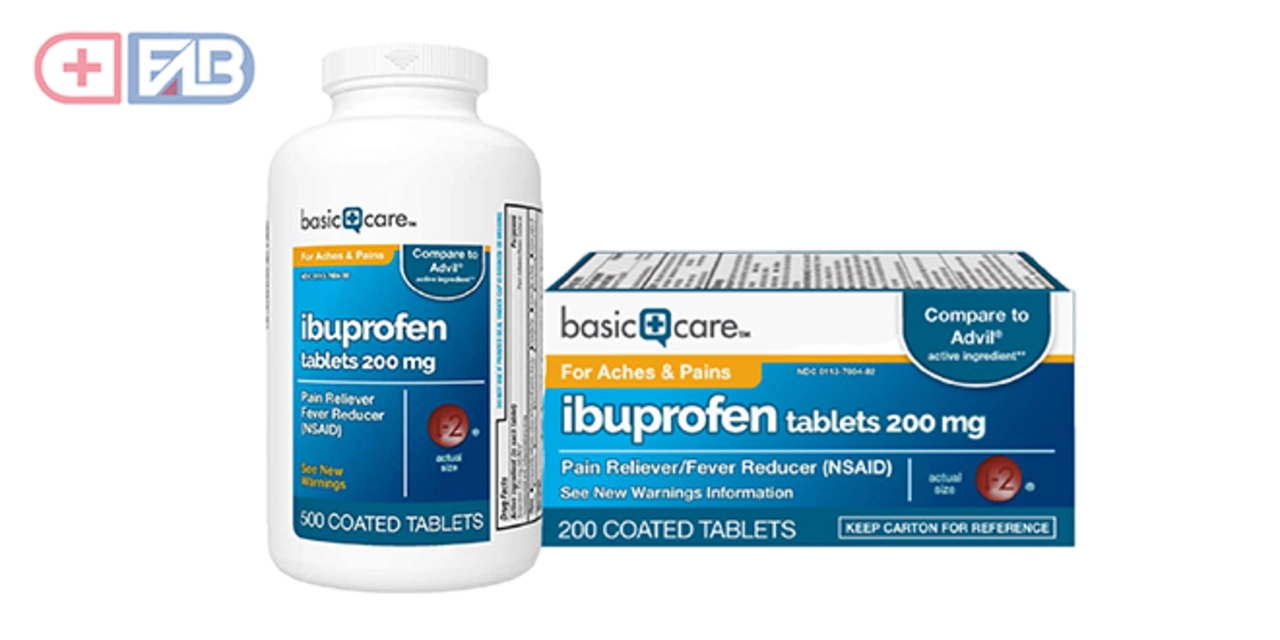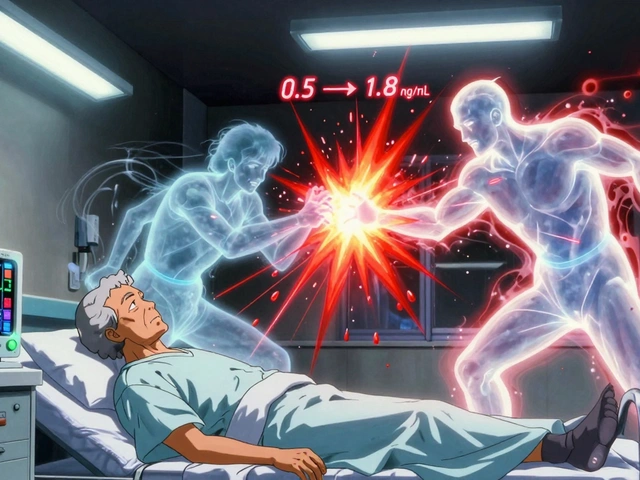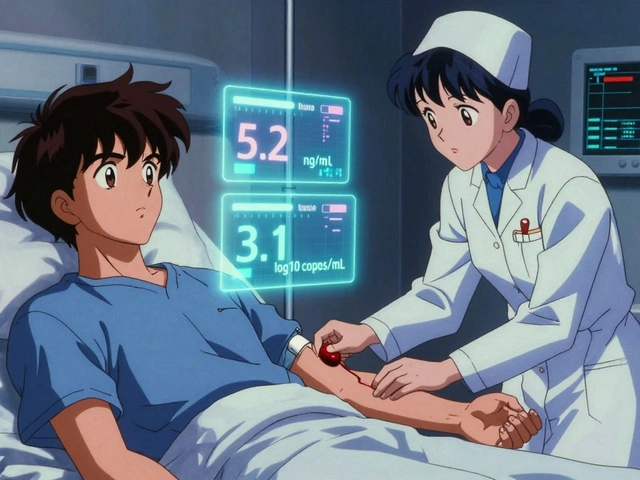Pain Relief: Smart, Safe Options for Quick Comfort
Pain gets your attention fast. Want something that works without risky side effects? This guide gives simple, practical options you can try today — from over-the-counter pills to safe online buying tips.
Quick drug options that actually help
For short-term aches, OTC choices are first-line. Acetaminophen (paracetamol) eases pain and fever — common adult dose advice: follow the label and don’t exceed 3,000 mg a day. NSAIDs like ibuprofen (200–400 mg every 4–6 hours) or naproxen (220 mg every 8–12 hours) reduce inflammation and pain. OTC naproxen typically caps at about 660 mg/day unless your doctor says otherwise.
Topical options work well for joint or muscle pain: diclofenac gel, lidocaine patches, or menthol creams can give focused relief with fewer whole-body risks. If opioids are discussed with you, treat them as short-term rescue meds only and follow strict doctor guidance — they carry addiction and overdose risks.
Non-drug steps that help more than you’d think
Ice for the first 48 hours after an injury to limit swelling; switch to heat after that to relax muscles. Gentle movement, stretching, or a short walk often beats staying still — it speeds recovery. Physical therapy, targeted exercise, and weight loss for joint pain give long-term payoff. For nerve pain, consider stretching, improved sleep, and stress control; these things reduce how loud the pain feels.
Try simple tools: foam rollers for tight muscles, a TENS unit for short-term nerve relief, or posture adjustments if your pain links to sitting. Sleep matters — poor sleep amplifies pain signals, so improving sleep can lower day-to-day discomfort.
Watch for red flags. See a doctor right away if you have sudden severe pain, numbness or weakness, unexplained fever, swelling that won’t go down, or chest/abdominal pain. Also get help if pain stops you from moving or sleeping for more than a few days.
Buying pain meds online? Be careful. Use licensed pharmacies that display a physical address and pharmacist contact. Avoid sites that sell prescription-only opioids without a valid prescription. Look for secure checkout (HTTPS), clear return and privacy policies, and consistent pricing — if a price is unbelievably low, it may be counterfeit.
When in doubt, ask a pharmacist. They can help pick the safest OTC dose for your age, health conditions, and other meds you take. If pain is ongoing, keep a short diary: what makes it worse, what helps, and when it started. That information makes your doctor's visit far more useful.
Pain isn’t fun, but most cases respond to simple, sensible steps. Use safer OTC choices, try non-drug fixes, and only buy meds from trustworthy sources. Small changes now often mean less pain later.





